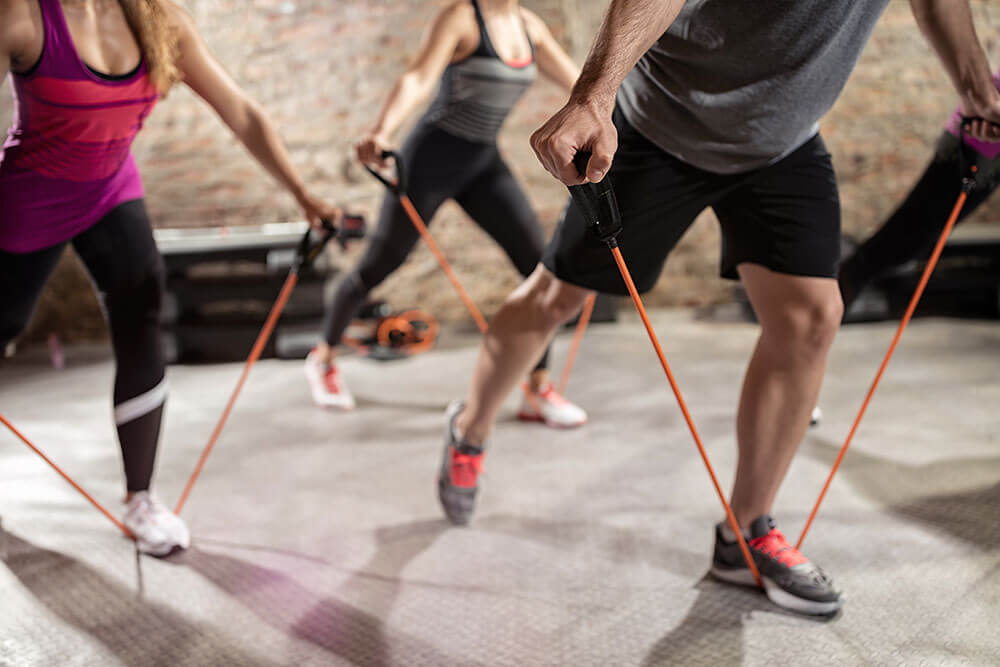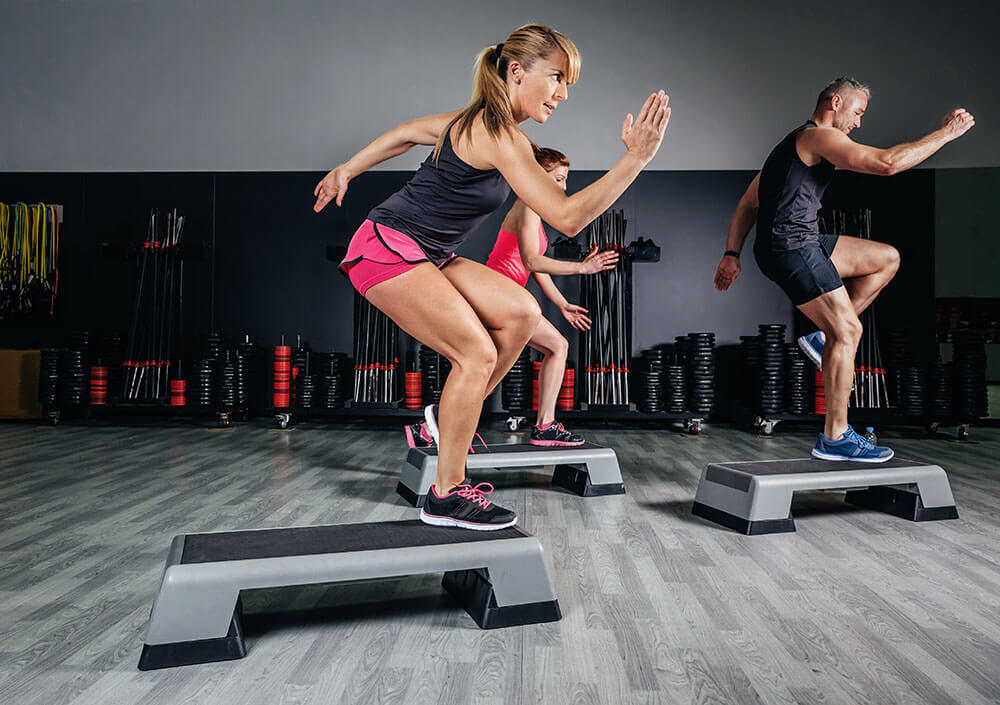You want a tight core. Your best friend proudly sports a “dad bod” but wants to touch his toes without pain. Your partner has no interest in a tight core, can toe touch without pain, but wants to run a six minute mile. We all have varying fitness goals, and you already know that different exercises help you meet your differing goals. It hardly makes sense to log hours of cardio if your goal is to increase flexibility. That’s obvious.
What’s less obvious is how you should be eating to fuel and repair your body after each individual type of workout. It’s important to gear your nutritional intake based on your workout, to ensure optimal energy during workouts and prime results after. The nutritional needs will vary depending on whether the workout is aerobic, anaerobic, geared toward building strength, or aimed at promoting flexibility.
Top food choices for various workouts are below as well as a few appropriate recipe ideas:
Anaerobic
Anaerobic exercises include high intensity interval training (HIIT), plyometrics, sprinting and most sports. Anaerobic exercise calls on energy sources stored in the muscles, rather than oxygen from the air like aerobic exercise does. These types of exercises are considered highly efficient since they require intense, short bursts of energy aimed at raising your heart rate close to its maximum.
Pre-workout, eat high protein pancakes. These pancakes are easy to make, filling and just as time efficient as your isometrics workout. They contain almond butter which has plenty of protein and is easier to digest than raw almonds. The potassium in the banana serves as an energy boost before a taxing anaerobic workout. You can manipulate the recipe to cut calories, by either swapping an egg for an egg white or eliminating one banana from the recipe.

Post-workout, drink tomato juice. A 2013 study sought to understand the relationship between lycopene and anaerobic athletes at risk for muscle damage. They found lyocopene significantly reduced the markers that cause exercise-induced muscle damage. The levels returned to almost normal after treatment, indicating the anti-oxidant packed lycopene is effective in preventing muscle damage. Increase health benefits further by making your own homemade V8 juice.
Flexibility
Exercises that promote flexibility include yoga, Pilates, and barre classes. These classes are well known for providing a whole host of benefits beyond flexibility, such as effectively reducing lower back pain and lowering diastolic blood pressure and stress. Whatever your reason for downward dogging, you need to make sure you can hold your poses without succumbing to muscle fatigue mid-asana.
Pre-workout, have some goji berries. This nutrient-dense fruit packs a nutritional punch that has led to its being deemed a “superfood.” A 2008 study found subjects who consumed goji berry juice before their workout had increased energy levels, better athletic performance, mental acuity and calmness, among other health benefits. Those are the exact strengths you want to play to in many flexibility workouts, so try this recipe for goji energy bites pre-workout.

Post-workout, grab some grapes. This high alkaline fruit helps balance the lactic acids your body built up during the workout. Eating something alkaline neutralizes this lactic acid so you can recover faster. Try this winter fruit green smoothie to give your muscles the alkaline they need to repair.
Resistance
Resistance training or “strength” training includes lifting free weights, medicine balls, kettlebells and barbells. These workouts have a range of benefits including a positive association with preventing risk factors for many cancers, heart disease, and Type 2 Diabetes. Strength training is also great for getting the kind of arms that could cut glass.
Pre-workout, have a fruit smoothie. Foods rich in magnesium reduce the risk of inflammation, so your muscles will be in prime condition to lift. These include dark leafy greens, whole grains, avocados, yogurt, and even dark chocolate. The goal is to keep the snack low-fructose, since high levels of the sugar counteract the benefits of magnesium. Try this blueberry and avocado detox smoothie to get a nice magnesium boost.
Post-workout, eat lean red meat. You want to achieve an increase in skeletal muscle mass as a result of your strength training, but that requires a positive net-protein balance. According to a 2014 study, red meat contains complete and balanced proportions of all eight essential amino acids. They found subjects who ate 160 grams of lean red meat on most days of the week combined with resistance training had greater gains in lean tissue mass than those who ate no meat. Try this steak salad recipe to pack in lots of veggies for added health benefits.

Aerobic
Aerobic exercises, most commonly referred to as “cardio,” include everything from logging hours on the treadmill to the cross-fit-famous burpees. Aerobic exercise is ideal for burning calories fast and for promoting heart health. So, whether your goals are to burn calories, or just keep your ticker in check, some form of cardio exercise is important.
Pre-workout, eat whole grain carbs such as oatmeal. You’ll need plenty of energy to get through a rigorous spin class without losing steam midway. A 2012 study of mice compared those who ate oatmeal, or not, before swimming to exhaustion. Their findings were solid. The oatmeal group had significantly longer swimming endurance compared to the control group. Try some homemade oat bars for a nice mix of endurance promoting oats and protein packed nuts.
Post-workout, drink milk. A 2012 study compared the effects of endurance athletes drinking fat free chocolate milk after workouts. They found evidence to support consuming milk after endurance exercise strengthened skeletal muscles and eliminated the whole-body protein breakdown that’s common during recovery. Try this shake recipe to pack in some extra protein and healthy fats.

